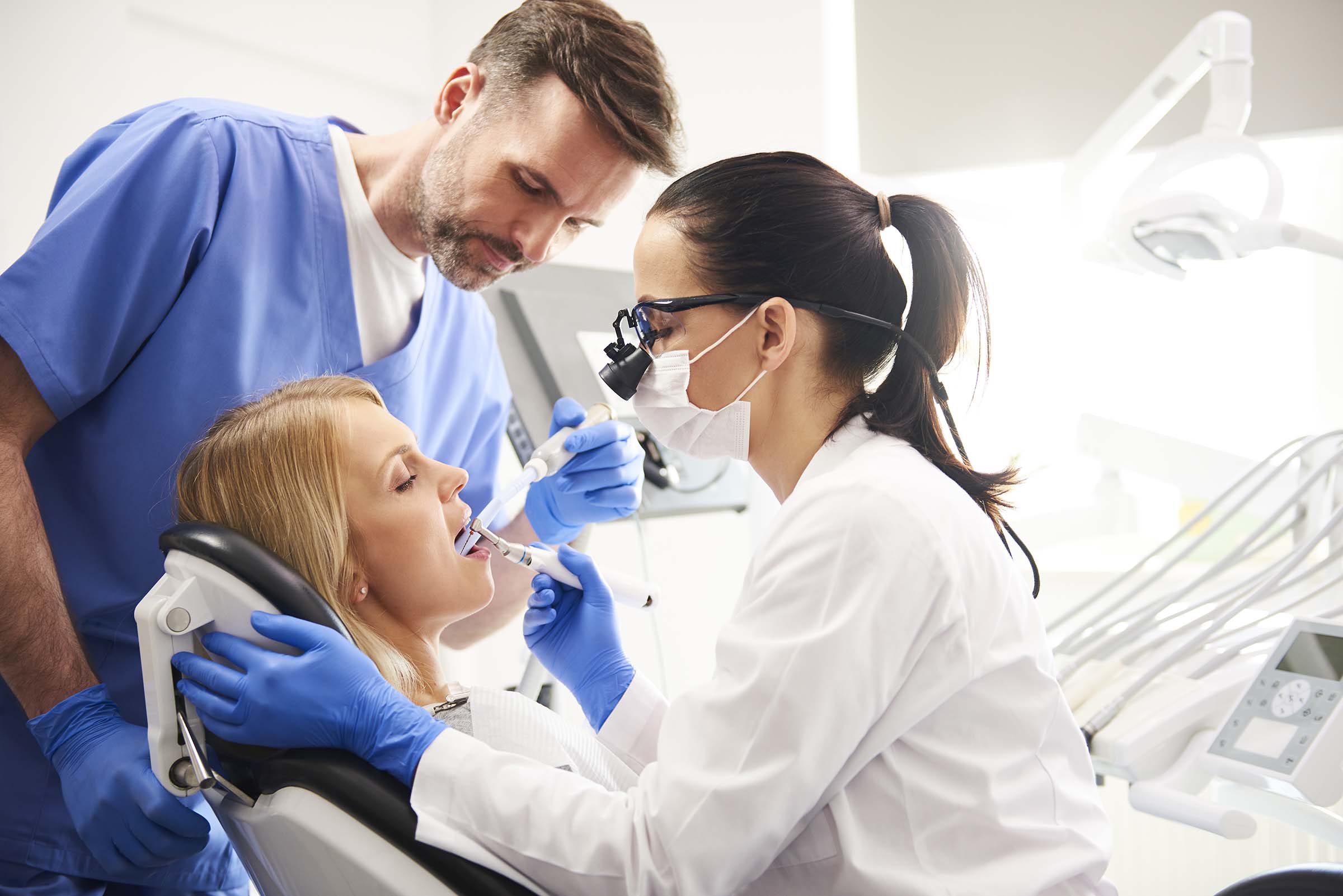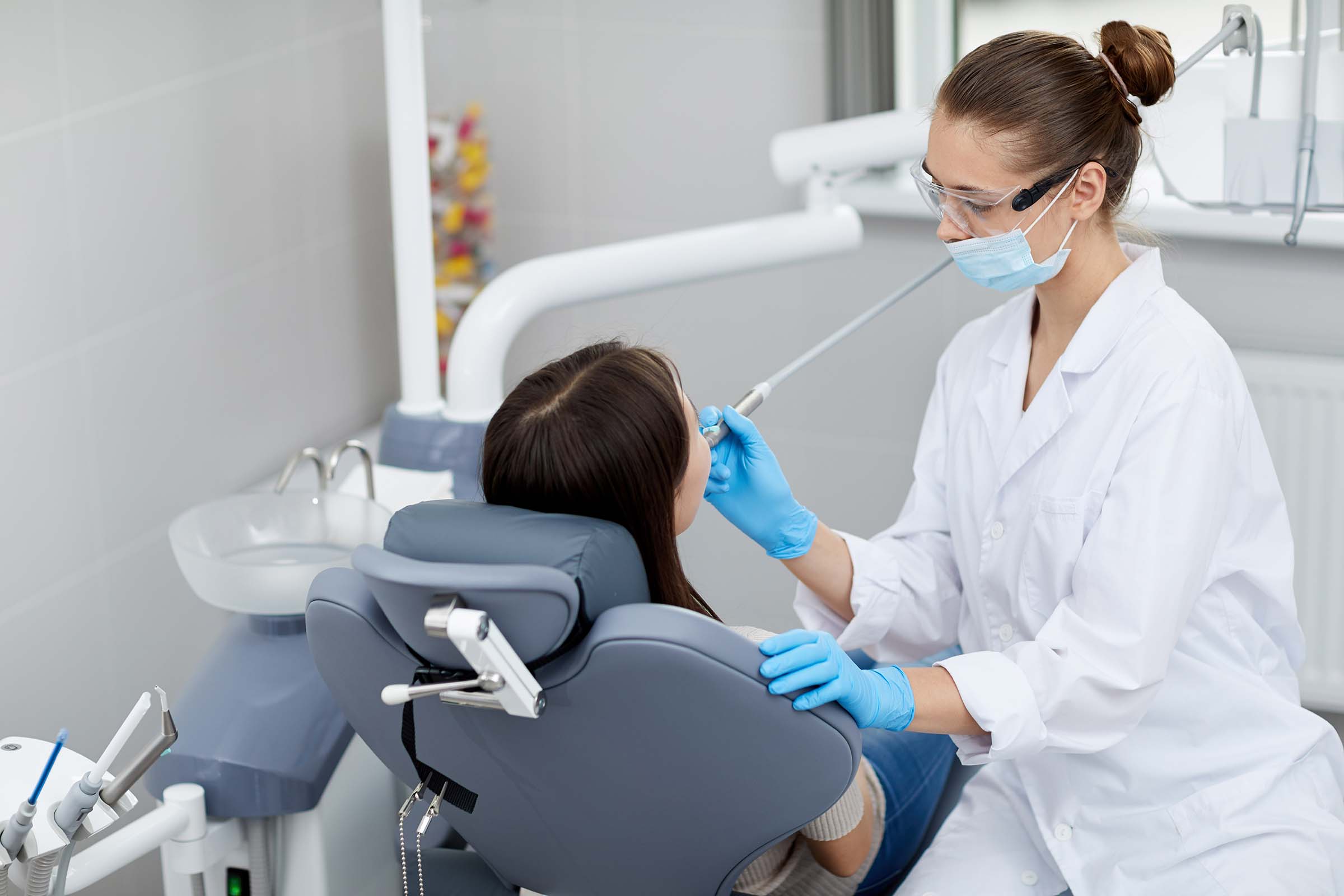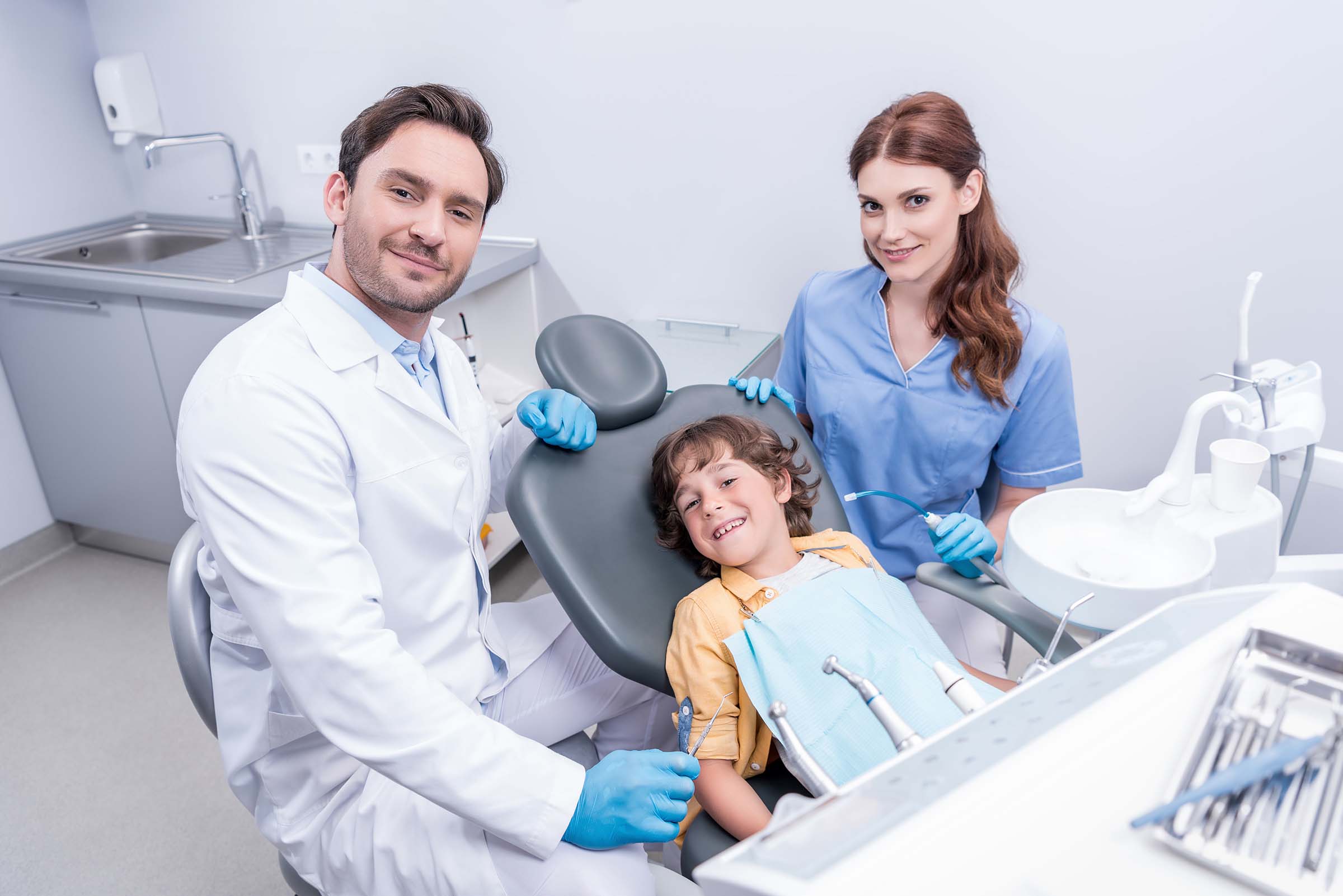Extractions
Tooth Extraction Essentials
Preventative Dentistry
Irreversible damage may necessitate extraction, with the dentist gently rocking the tooth for removal. Surgical techniques may be used in complex cases. Post-extraction care involves maintaining clot pressure, refraining from rinsing for 24 hours, and following prescribed oral hygiene. Discomfort is normal and managed with prescribed medication. A balanced diet supports healing, and precautions such as avoiding excessive activity and smoking are vital for recovery. Timely removal of sutures is essential, and any concerns require prompt contact with the dentist.

About Extractions
There are some cases in which a tooth cannot be saved, the damage is irreversible. In these situations a tooth extraction may be required or recommended by your dentist. A tooth extraction means the tooth must be removed by your dentist. This is also a good time to discuss options on how to replace the tooth/teeth after it is extracted.
If you have ever tried to remove a tent stake, which has been driven into the ground, you know you can’t just pull the stake straight up to remove it. Instead you will first have to rock the stake bake and forth to widen the hole. Once the hole is large enough, you can pull it out. A part of the tooth extraction process is similar. The dentists will use their dental instruments in a way that applies pressure to the tooth to rock it back and forth. Once the tooth’s socket has been expended enough, the tooth can be removed.
With some extraction cases a patient's dentist or oral surgeon may decide that the use of some type of surgical procedure will aid in the removal of their tooth. This surgical procedure might involve bone removal, gum tissue removal, or sectioning the tooth into parts. In those situations where one or more of these techniques is incorporated into the extraction process, it is then, in dental terminology, categorized as a "surgical extraction." (Tooth extractions where these techniques are not required are termed "simple extractions.)"
With some extraction cases a patient's dentist or oral surgeon may decide that the use of some type of surgical procedure will aid in the removal of their tooth. This surgical procedure might involve bone removal, gum tissue removal, or sectioning the tooth into parts. In those situations where one or more of these techniques is incorporated into the extraction process, it is then, in dental terminology, categorized as a "surgical extraction." (Tooth extractions where these techniques are not required are termed "simple extractions.)"
Post-operative instructions: Proper care of the mouth following an extraction can reduce complications and speed the healing of the area.
- Protections of blood clot: maintain gentle pressure by biting on the gauze that has been placed over the area, or by biting on a tea bag which has been gently moistened and wrapped in a piece of gauze. Keep steady, firm pressure for about 45 minutes. Repeat as often as needed.
- DO NOT RINSE: or use a mouthwash for at least 24 hours. After 24 hours rinse with warm salt water (1/2 teaspoon of table salt in 8 oz of warm water) every 1-2 hours is recommended.
- Discomfort: following dental surgery it is normal to experience some discomfort. If medication has been given or prescribed, take it as instructed.
- Brushing: toothbrush may be used carefully in the area of the mouth not involved by the surgical procedures. A clean mouth heals faster.
- Eating: adequate food and fluid intake following surgery and/or general extractions is most important. If you find that eating your regular diet is too difficult, you may supplement your diet with liquids such as Carnation Instant Breakfast (CIB, any flavor). The high quality, nutritional value of CIB is important for prompt healing following such procedures.
- Avoid: all excessive activity, don’t pick at the surgical area, don’t consume liquids through a straw, avoid alcoholic beverages and refrain from smoking until healing is well established.
- Sutures: if they were used, do not fail to return to the office for their removal on appointment date given. 8. Control of swelling: gently apply ice packs to area for periods of 20 minutes on, 10 minutes off. This procedure should continue for the first 6 hours only.
- Do not hesitate: to call if any questions should arise.
Smile Illumination
Shining a Light on Smiles, Expertise, and Exceptional Care











Appointment
Book your appointment
Secure your smile’s next chapter – book an appointment today for personalized and expert dental care. Our team is ready to make your dental journey comfortable and tailored to your needs.
Opening Hours
Monday – Friday
-
09.00 AM – 17.00 PM
Saturday
-
10.00 AM – 15.00 PM
Sunday
-
10.00 AM – 12.00 PM

Quick Contact
Feel free to call us
734-528-9132

Quick Contact
Feel free to mail us
contactus@hsfamilydentistry.com

